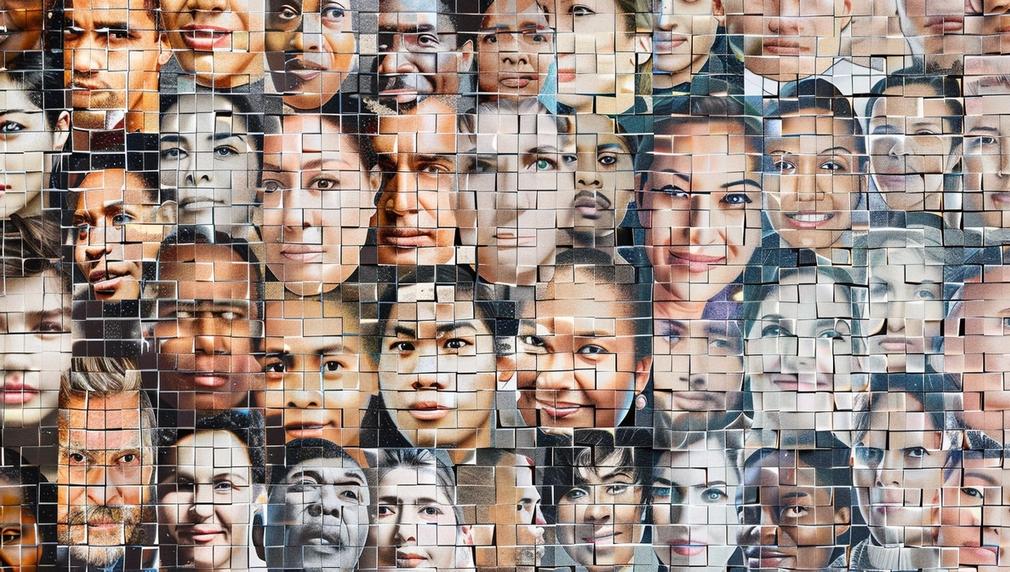Bridging the Carceral Divide: Amplifying Women’s Voices through New Media
Bridging the Carceral Divide: Amplifying Women’s Voices will facilitate the amplification of incarcerated women’s new media creative expression throughout LA County.

What is the primary issue area that your application will impact?
Community safety
In which areas of Los Angeles will you be directly working?
County of Los Angeles (select only if your project has a countywide benefit) City of Los Angeles (select only if your project has a citywide benefit)
In what stage of innovation is this project, program, or initiative?
Pilot or new project, program, or initiative (testing or implementing a new idea)
What is your understanding of the issue that you are seeking to address?
Solidarity Media Network understands that storytelling is more than just a pastime, it’s a worldmaking practice, a healing practice, and a learning tool. In order for storytelling to impact social change and contribute to a more compassionate and equitable world it needs to reach the public. Incarcerated individuals are removed from social life and public discourse making the break with the outside world stark and the process of re-entry arduous. While most incarcerated people are men, the female incarceration rate has grown twice as fast as men’s since 1980. Research shows that women’s prisons are less well resourced than their male counterparts, and while visiting rooms at men’s prisons overflow, visiting rooms at women’s prisons are often empty. Incarcerated women are erased not once, but twice. Our goal is to help undo this erasure by bringing incarcerated women into relation with our communities through creative expression.
Describe the project, program, or initiative this grant will support to address the issue.
Solidarity Media Network will partner with the Prison Journalism Collaborative to create a media infrastructure in LA County for the circulation of new media work produced at California Institute for Women (CIW). We will connect these women’s stories with other justice-impacted women, communities, and the general public. Using AR, the Prison Journalism Collaborative will create a mural embedded with a QR code linking to a website containing additional digital content created by students and incarcerated journalists, including stories, photos, artwork, audio, and video clips. A large-format print of the mural will travel to community spaces, museums and other events, increasing its reach. We will circulate the mural throughout LA county in partnership with strategic partners such as public libraries, LACMA, and A New Way of Life. The interactive mural events will become celebrations of these women’s creativity and an engagement with the outside world that they will one day re-enter. The circulation of this mural will also create an atmosphere of safety for other justice impacted members of the community by destigmatizing the experience of incarceration and using creative expression as a way to develop compassion in the general public.
Describe how Los Angeles County will be different if your work is successful.
Narrative harm is a harm that is not often discussed though it is a pervasive type of harm that continues at all times through TV, radio, social media, film, news, and through our interactions with each other. Our goal is to shift the narrative around incarcerated women by allowing their voices to be heard in our communities. Shifting this narrative will allow formerly incarcerated and justice impacted residents to feel a sense of belonging and ease. Though many people are directly impacted by the carceral system, most are not. Those without direct experience often have no way to understand what a justice impacted classmate or co-worker has to face. This is another example of the Carceral Divide that we seek to bridge. Our project will hold the diversity of experiences with incarceration together in one space to learn. Together, with the help of the mural and associated reporting, we can build new and more nuanced narratives that create a safer environment for all.
Approximately how many people will be impacted by this project, program, or initiative?
Direct Impact: 250
Indirect Impact: 1,000